Alex Roman, man behind some of the greatest architecture visualizations of all time tells us about his new book, explains why he hates modeling and what he finds the most important in making CG art.
The big news is that on the The third and Seventh Book website we may preorder your new book - "The third and the seventh: from bits to the lens". Tell us more about it and its contents. What will we find inside? Will you post very detailed description of the process of making of "The Third and the Seventh" movie or maybe some general clues and philosophy?
(Editor's note: a new shipping (cheaper) class of Alex Roman's book was added on 21st of October and 10% off sale extends to 1st of November.)
People are going to find a strong emphasis on artistic principles as well as an important informations dedicated to CG techniques. The idea is to have a book that can be useful as a resource for strong traditional arts theory as well as a reference book, combined with a great collection of over 120 high resolution CG images. It is not a step-by-step tutorial book, though. It intends to deal with more essential concepts that in my view are lacking in the way digital artists are trained these days, and that’s what I really wanted to address.
Click on image to enlarge 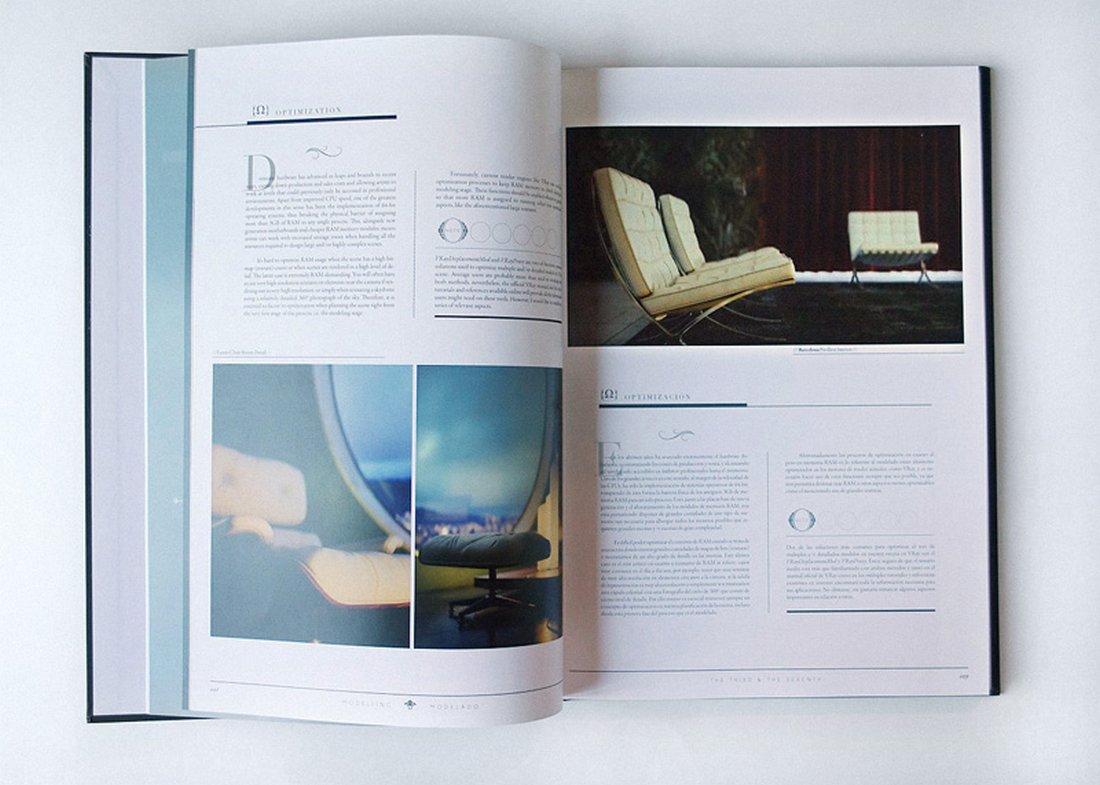
"The third and the seventh: from bits to the lens" - CG art, theoretical principles and very valuable practical procedures
The book is divided into 6 chapters, each chapter digs into thoughts, procedures, theoretical principles and my own personal and absolutely subjective preferences that I have elaborated after many years of trials and errors.
Although It is not a step-by-step tutorial book, I give many tips and tricks that I have learned working in real production environment. All of them are V-Ray based. From my point of view this book is 3-in-one: readers will find CG art, theoretical principles and very valuable practical procedures.This book can be read several times, each time from the different point of view.
How long did it take to make this book?
I started to collect my personal notes about a year and a half or so. It's something I often do after finishing a project. It helps me to analyze personal progress. I realized that I could group all my notes into chapters. This led to the initial idea of this book. Then came the hard work. It's easy to think that once you have written and reviewed the text, you already made 80 percent of work, but it is not that easy. I experienced how hard it can be to make a book from a scratch: re-rendering over 120 of super high resolution images, designing layout and doing all the remaining things to sell a product – that was very time-consuming process. I had to do it in my spare time and it took me about whole year.
Click on image to enlarge 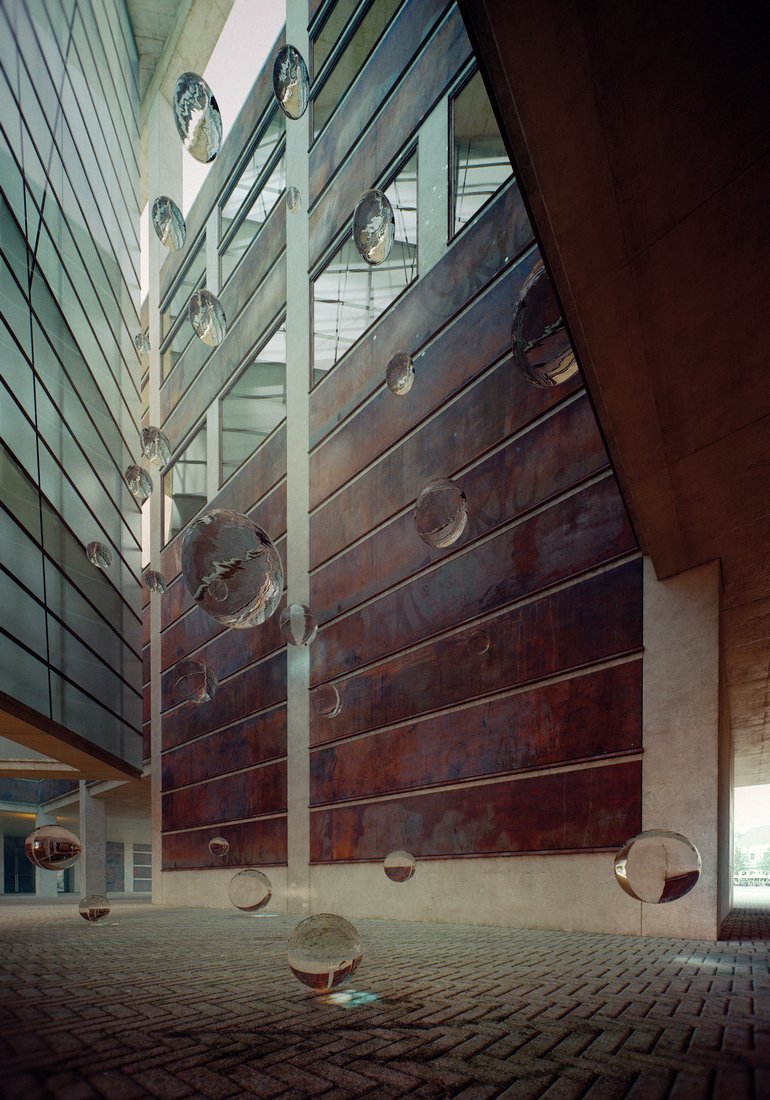
Do you plan to make more similar publications about cg and art?
Good question. I think it all depends on the readers’ reaction and the sales numbers. However, I’m always taking personal notes about the projects that i’m involved. I really enjoy doing that and besides the long road that I went making this book, I also enjoyed the process a lot. So, yes, I’d love to repeat this experience, sometime in the future.
Click on image to enlarge 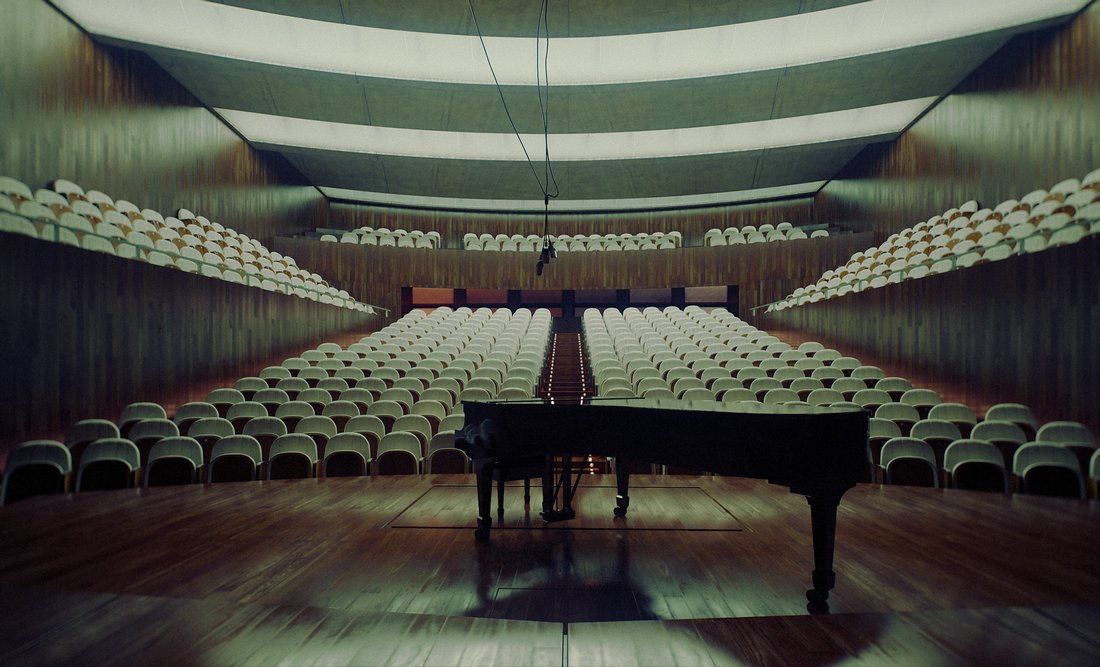
Alex Roman's work from "The Third and the Seventh"
In your works you use V-Ray. Would you recommend this engine for other VIZ artists? What in your opinion makes V-Ray distinct, why did you choose it and do you always use it?
By the time being I find V-Ray the best and the most user friendly render engine ever. I don’t really know if it will change in the future but I seriously doubt it. V-Ray is getting better and better with each version and I always felt like it was like a camera or brain extension. It’s fast, it’s robust and does exactly what I want it to do. Couldn’t be happier with it.
Click on image to enlarge 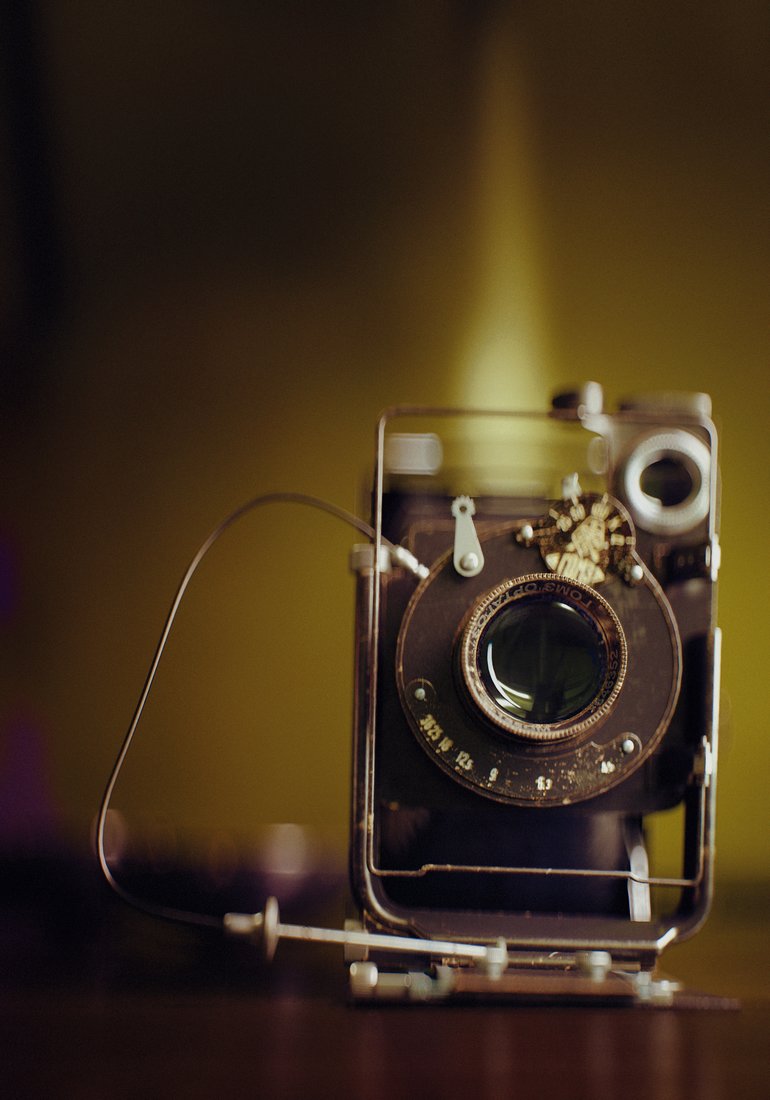
Vintage large format camera render
What is most time consuming part of making a great VIZ for you?
Pre-production and modeling. Boy, I hate modeling! Jokes aside, to have engines started can be a real time-consuming task for me. Fortunately, lighting is becoming an easier task with modern render engines, so the part that really needs a lot of time in order to get a great VIZ picture is the postproduction. Managing layers, managing final color and the not-so-3D elements makes the difference in my honest opinion.
What part of making 3d visualizations do you enjoy the most?What is the most crucial part of making the great visualization for you? Absolutely essential that distincts between good and bad result?
Lighting, shaders and color correction. No doubt! I honestly think that you could get a truly great CG image with no so good models but with perfect lighting, materials, photographic composition and gorgeous final color. Without these elements even the finest models won't help. I also think that every artist should spend some time on initial planning; it’s a must and it saves time at later stages of work.
Click on image to enlarge 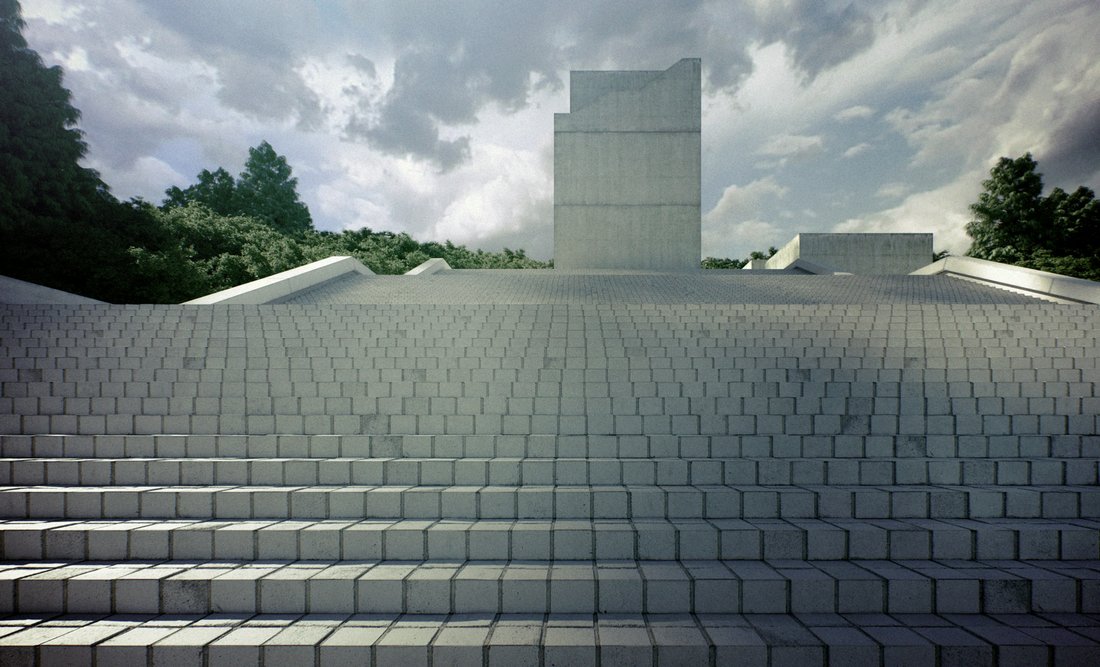
The light plays very important role in your visualizations. How do you approach this stage of visualization? Could you shortly describe the way from concept to tools?
Light brings real character to scene and is an extremely important part of any CG artwork. Light can bring you to certain mood and that’s what the final image breathes. But I rarely plan the lighting. I rather play with it and I always experiment a lot before final render. I think that’s the real magic behind CG: you can re-lit your scenes as many times as you want.
Click on image to enlarge 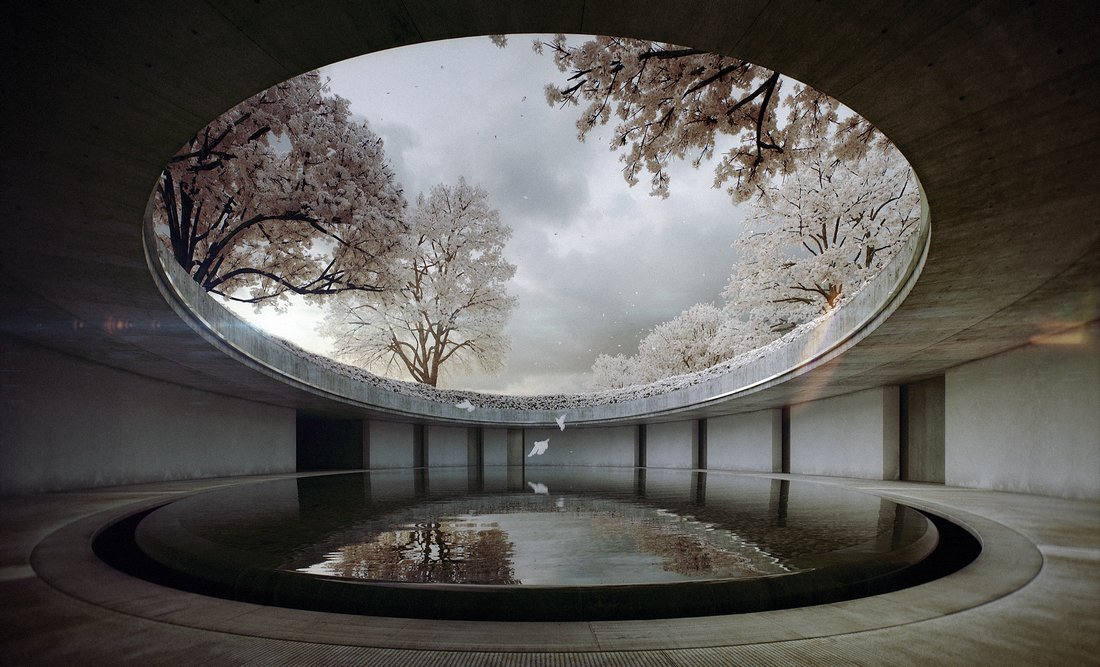
Do you use ready made models or some automation tools in your works? (forestPacks, OnyxTree, scripts, assets libraries)?
Sure. Since last years, there’s a huge amount of high quality 3d models all over internet and I think it is a tremendous time-saver for us, CG artists. An artist should focus on other kind of tasks than modeling in my opinion. I have seen lots of people wasting a very valuable time modeling a chair that was already and perfectly modeled many times and is available for purchase in wonderful 3d libraries. Does it really worth to spend 6+ hours modeling it? Time is money. I also use a lot of useful scripts on a daily basis and mass distribution plugins. I think I would be lost without these tools. They save me tons of hours so, I strongly believe that using them is a must.
Click on image to enlarge 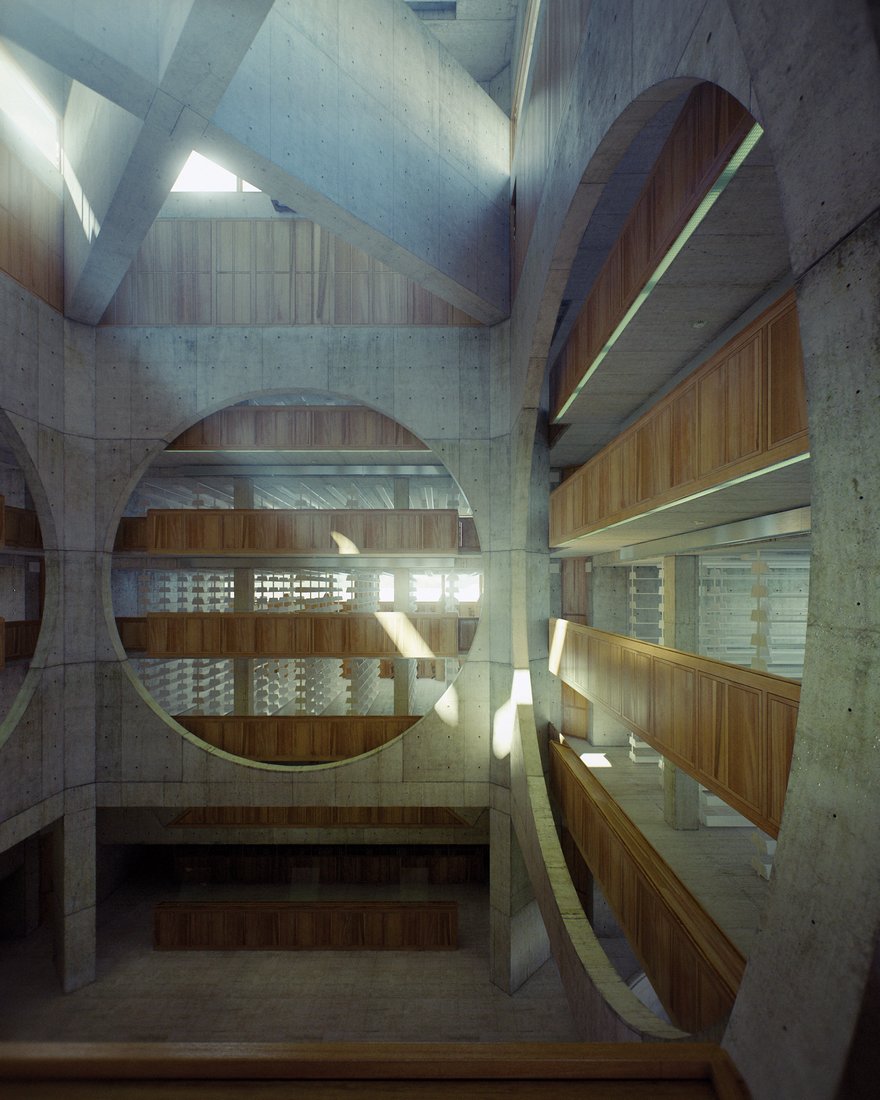
What software do you use for postproduction? What are usual stages of postproduction in your works?
Well, the most time-consuming part of postproduction for me is color. I don’t usually split all the render into countless layer passes unless strictly necessary. Most important part for me is the pixel data and output dynamic range (EXR most of the time) so I can push hard the final grade. It’s a real pleasure to work with CG outputs instead of actual footage from camera - unless it comes from a high end hardware. I have no presets at all, since every image asks for different way of managing final colors and mood. I use After Effects as my tool since long time but I was recently trying Resolve which happens to be a real beast in color department.
Click on image to enlarge 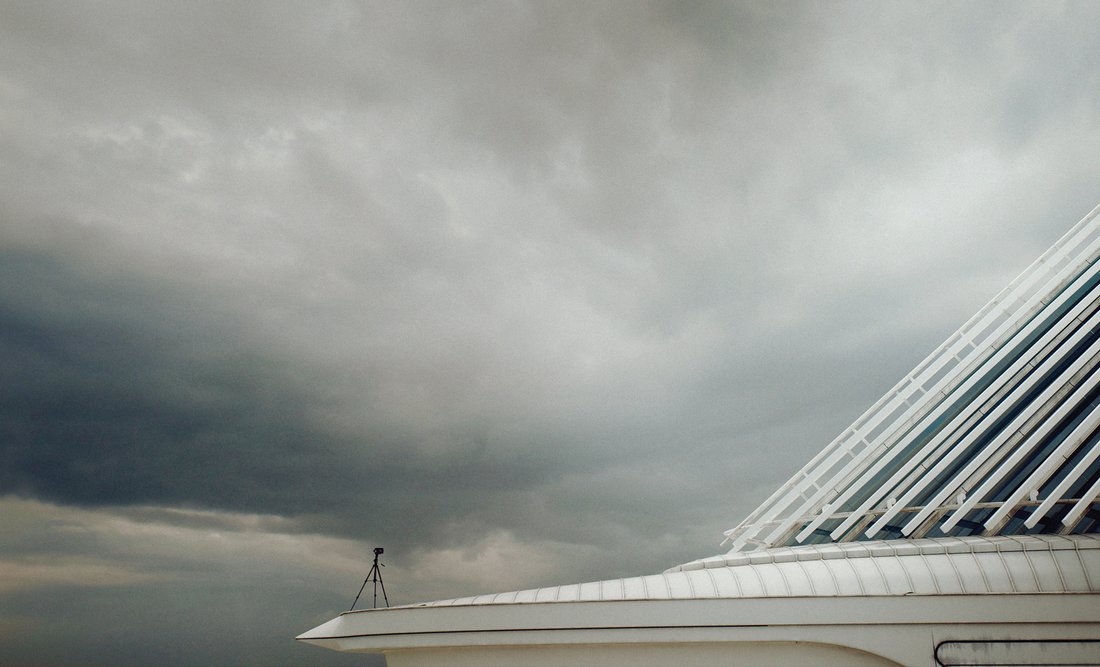
Your works show very artistic approach to architecture and the details...
I love architecture! I always did since i was a child. Not only expressed in CG art but also represented in painting, photography and of course the real thing. Any form of it. Architecture is not only fine art, it plays an enormous role in our life (much more than some people may think). I have no favorite kind of it; the older I get, the more tolerant with styles i’m becoming.. and that’s amazing. Right now i’m really excited with late 19th / early 20th century architecture.
Click on image to enlarge 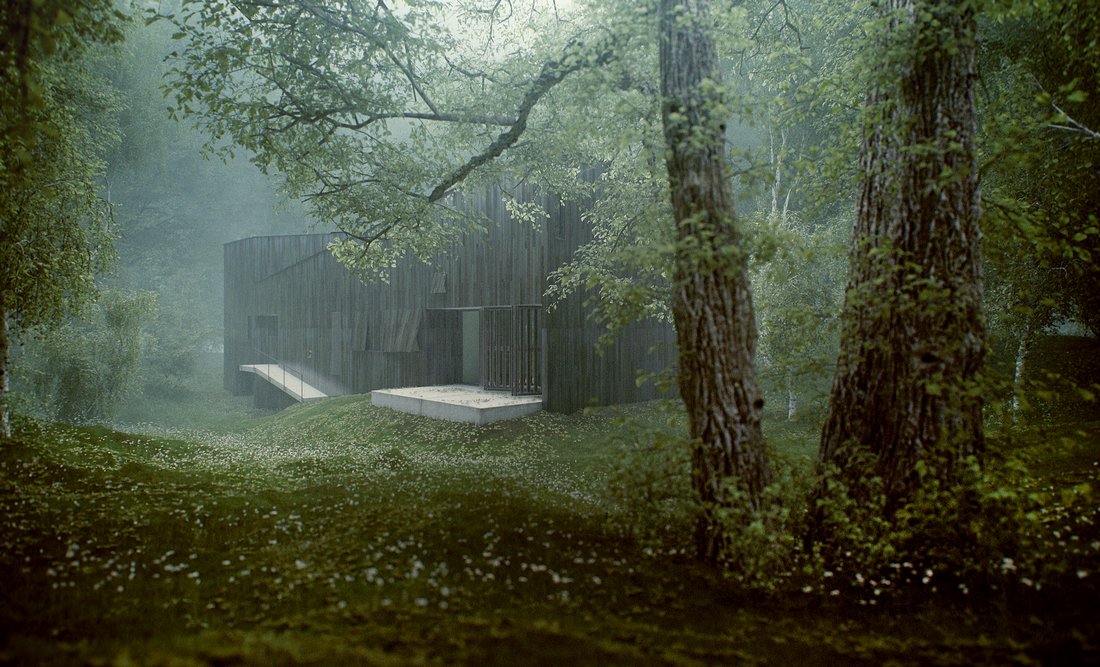
What kind of knowledge - besides knowledge of tools like 3d software - helps in your opinion in becoming the great cg artist?
Some people think that they will achieve hyperrealism by studying photography, but I think that traditional painting is even more important than that. CG and painting share exactly the same philosophy: you must light and color from scratch in a white canvas. Hence is essential to know how shapes, color and light works in the real world.
Click on image to enlarge 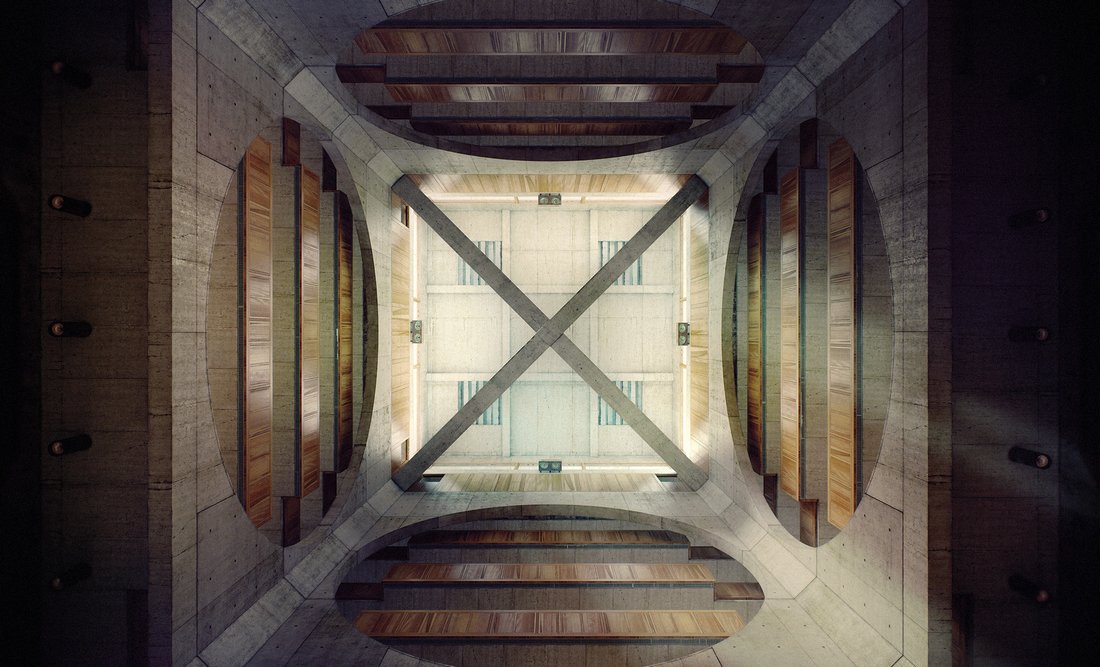
What are in your opinion most common weak points of nowaydays cg beginners? What advice could you give to them?
Another good question that’s also a strong point in my book. Sadly, i see lot of CG people obsessed with numbers and parameters, but not educated in traditional arts - like painting mentioned earlier. Everyone can learn a tool (in almost no time with current internet global info and online tutorials) but tools change. Artists that try to follow numbers, lost control of the final result. The more important is just knowing the fine arts. It will never be obsolete, unlike software.
Click on image to enlarge 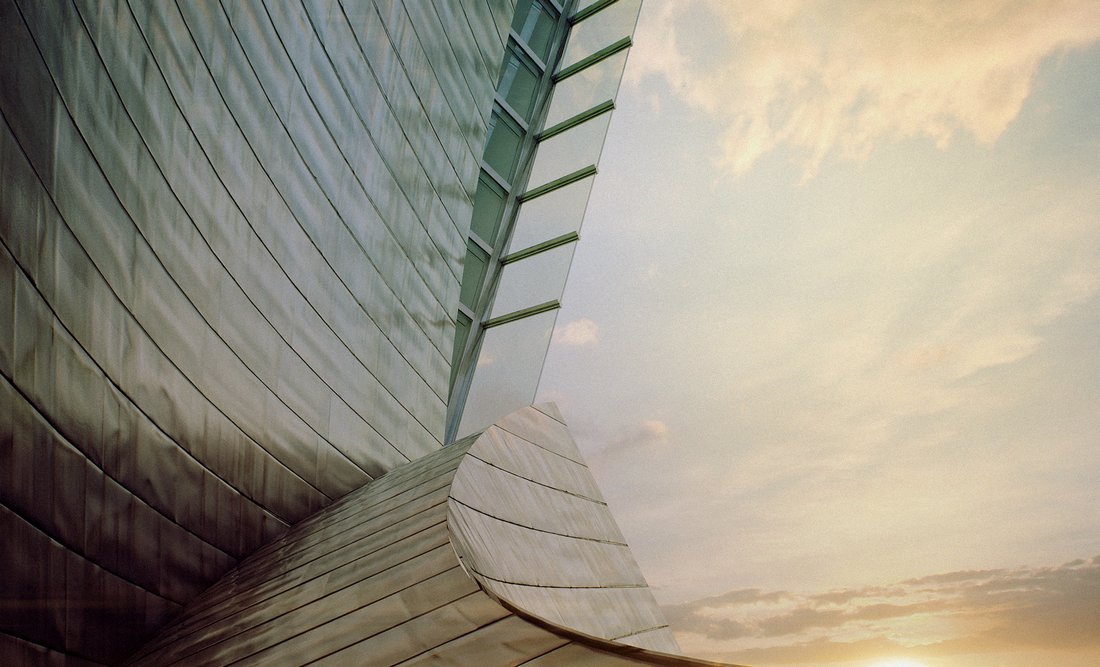
Was it difficult to start a career as cg artist? What was the worst part and what was the best?
Start wasn’t particularly difficult. Difficulties came when I tried to innovate and change the game, to give VIZ a whole new point of view through cinema, advertising or professional photography (paying attention to details that never been represented until date). It is not easy when nobody around you is interest in that approach at all - neither clients nor your bosses. That was the worst and more frustrating part. I took the decision of saying goodbye to that closed-mind people and started "The Third and the Seventh" company to express my personal view of what architecture meant to me. That was, with no doubt, the best part and experience until date.
Click on image to enlarge 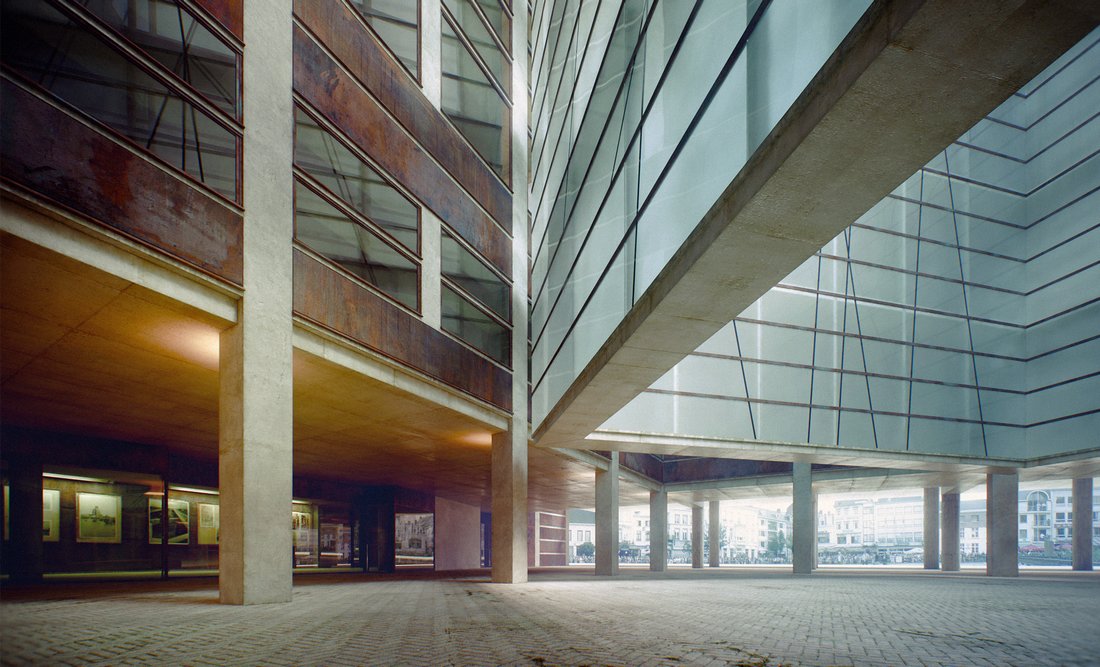
„The third and the seventh" movie is the one of the most popular 3d visualizations of all time. Now, after some time has passed - can you tell us how publishing this movie changed your life / career? What has changed? What new opportunities have appeared?
It changed it totally. Literally a brand new world of possibilities. The funniest part of all is that almost there wer not many architecture studios interested in this work those days, but I got a great, instant attention of cinema and advertising people! I had and still have very interesting offers from this industry so I think that “The Third & The Seventh” movie made a u-turn in my life.
Click on image to enlarge 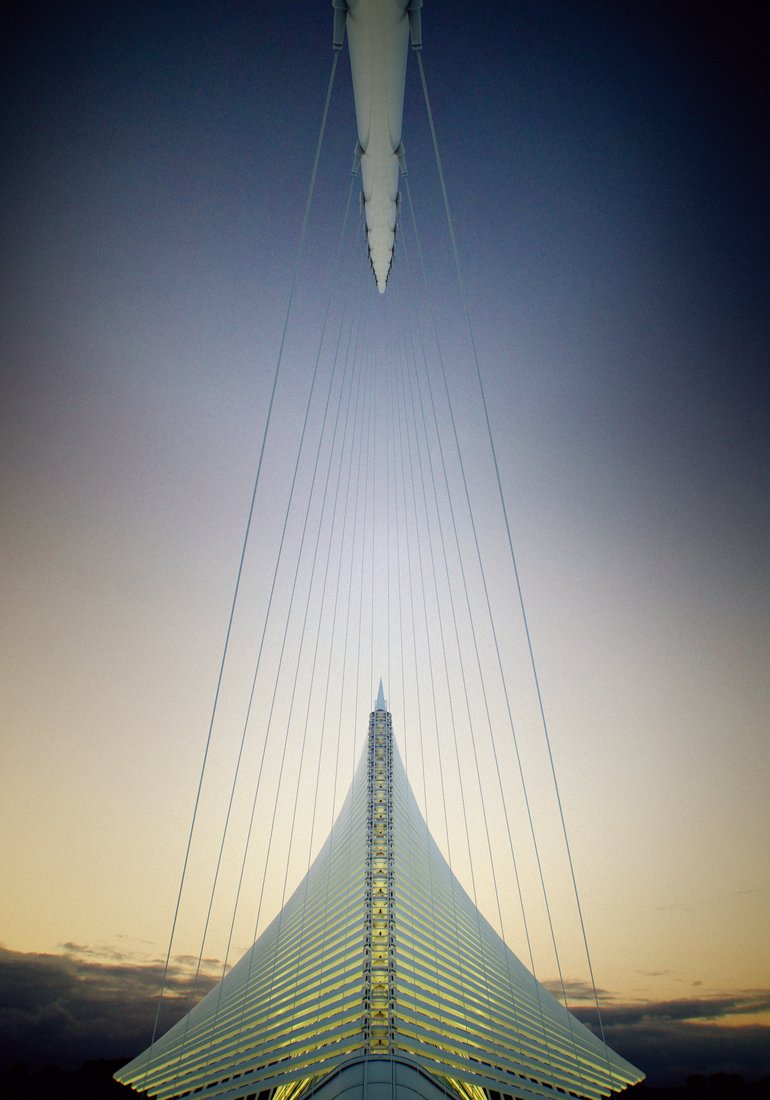
What are you working on now and what are your plans for the future? Advertising branch? Making more visualizations and / or movies?
Last year I was lucky enough to work with director David Fincher, doing some VFX shots for his great film ("Girl with the dragon tatoo"). I am still working in advertising as a director so I guess I'll try to switch from cinema to advert clips to avoid my mind being stuck. But, what I really want - and I’m trying to achieve it really hard now - is to make narrative films. I'm getting used to this idea since a while now and I think it may be worth a try. I’m about to release some short teasers (two, maybe three) of a short films that I’m working on for almost one year. There will be some live-action and many vfx elements. I must confess I’m not only pretty excited with it but also excited with the whole book idea since I’m going to use the book sales profit for funding my future film. We'll see, fingers crossed!
Thank you for the interview and good luck!
Click on image to enlarge 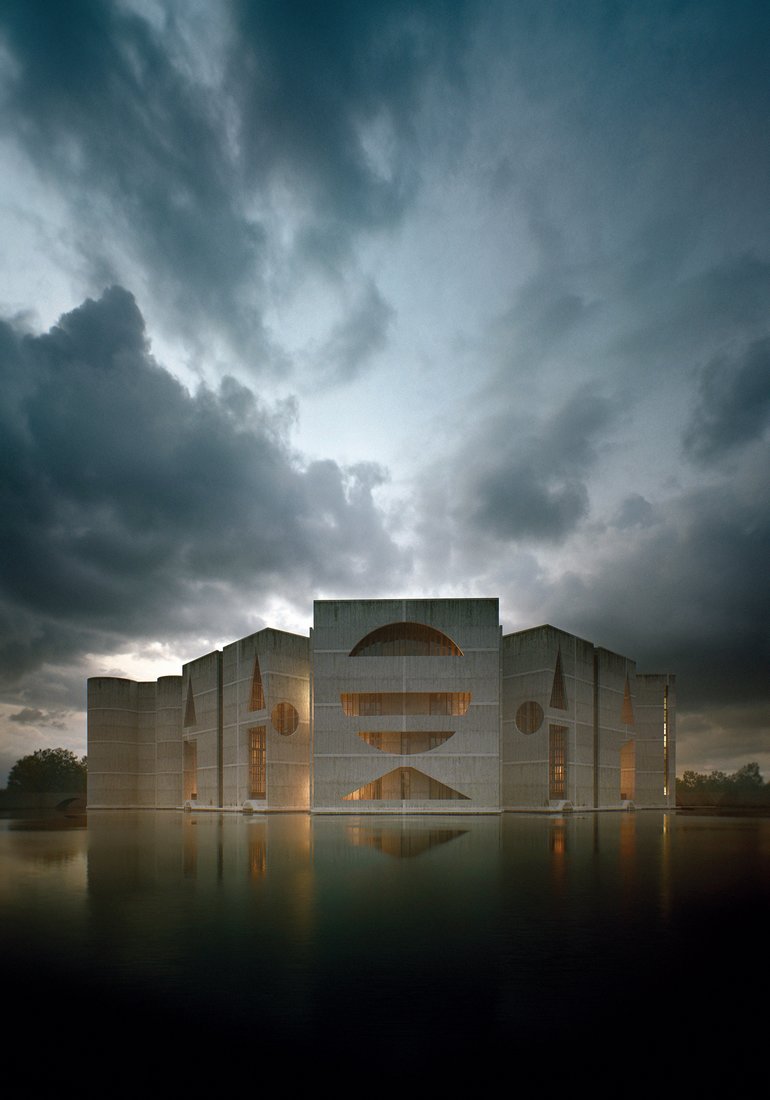
Alex Roman bio:
Born Jorge Seva in 1979, “Alex Roman” is an artistic alias for publishing commercial work. He has been working for several companies since until he raised a brand new company by hiself: “The Third & The Seventh S.L.” After that, he took a sabbatical year for to work on an “already-built work” visualization series, which are now stitched together into a short animated piece: “The Third & The Seventh”. He won a Cannes Film Craft Gold Lion in the year 2011 for the Silestone brand commercial: “Above everything else” As well as Prix Ars Electronica – Computer Animation / Film / VFX prize in the same year for “T&S” shortfilm. In the year 2011 he also supervised more than 20 vfx shots for the acclaimed David Fincher’s feature “The Girl with the Dragon Tattoo”. Alex’s work has been featured in Motionographer, FilmPro magazine, Filmnosis and FXGuide among others. He has just released the self-publish book “From Bits To The Lens” that covers both artistic and technical aspects of his “T&S” shortfilm.
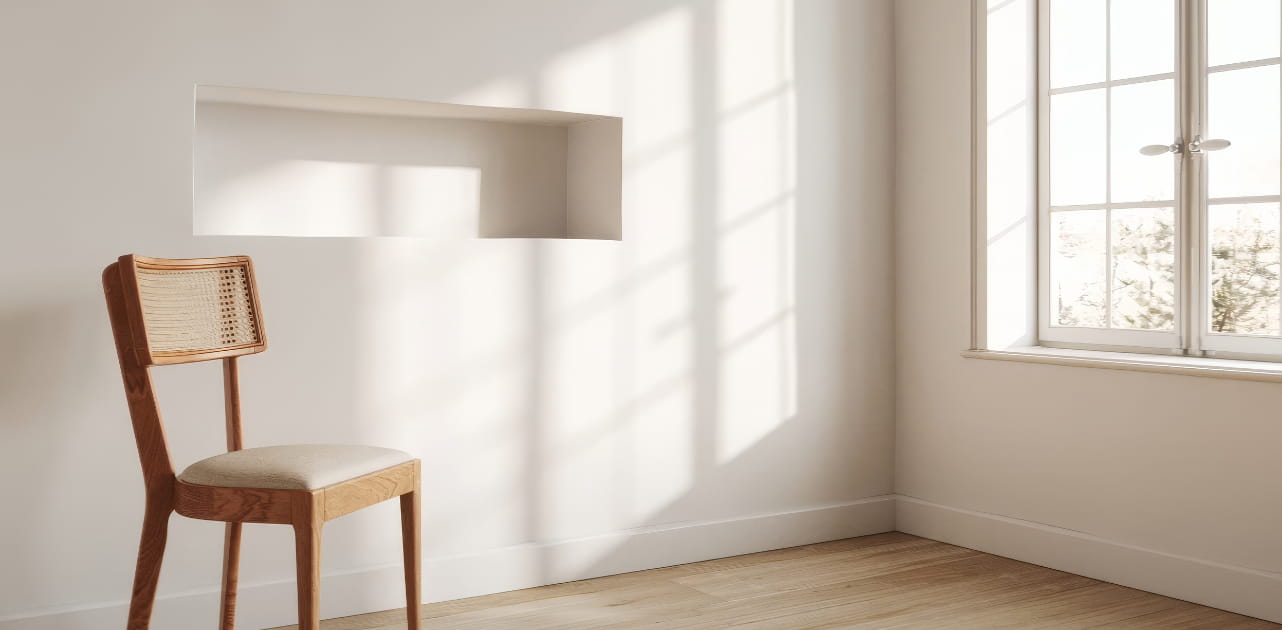 How To Make Your CGI Walls More RealisticRealistic walls with noise modifier.
How To Make Your CGI Walls More RealisticRealistic walls with noise modifier.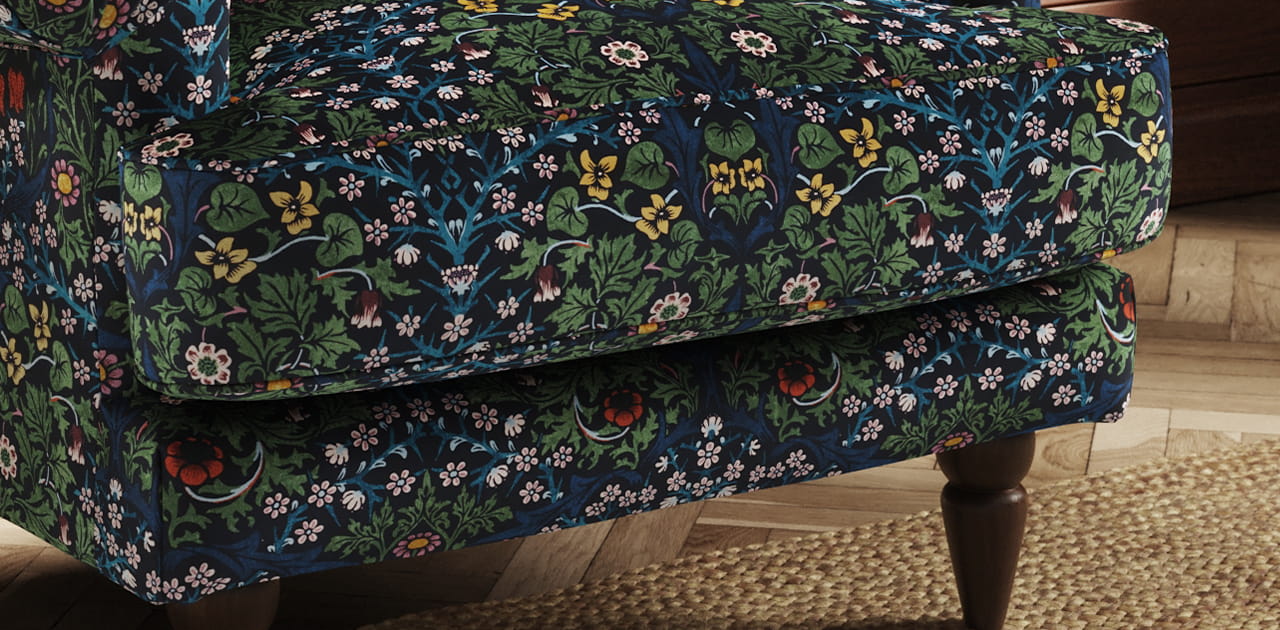 Removing LUTs from Textures for better resultsRemove the LUT from a specific texture in order to get perfect looking textures in your render.
Removing LUTs from Textures for better resultsRemove the LUT from a specific texture in order to get perfect looking textures in your render. Chaos Corona 12 ReleasedWhat new features landed in Corona 12?
Chaos Corona 12 ReleasedWhat new features landed in Corona 12?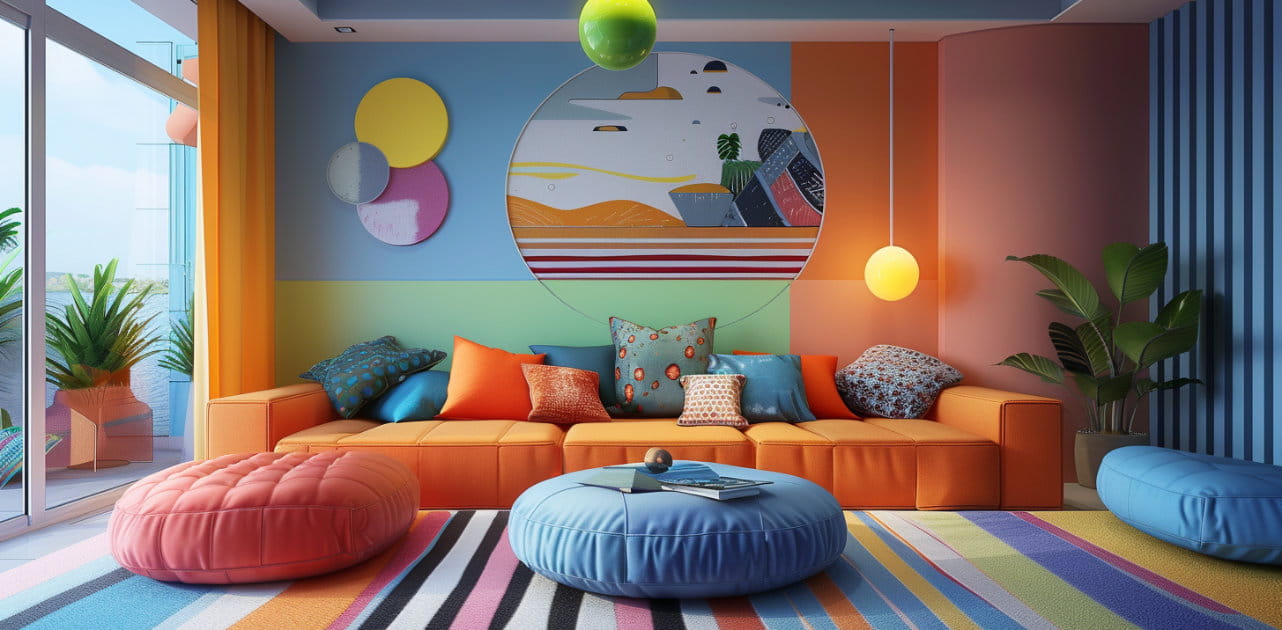 OCIO Color Management in 3ds Max 2024Color management is crucial for full control over your renders.
OCIO Color Management in 3ds Max 2024Color management is crucial for full control over your renders.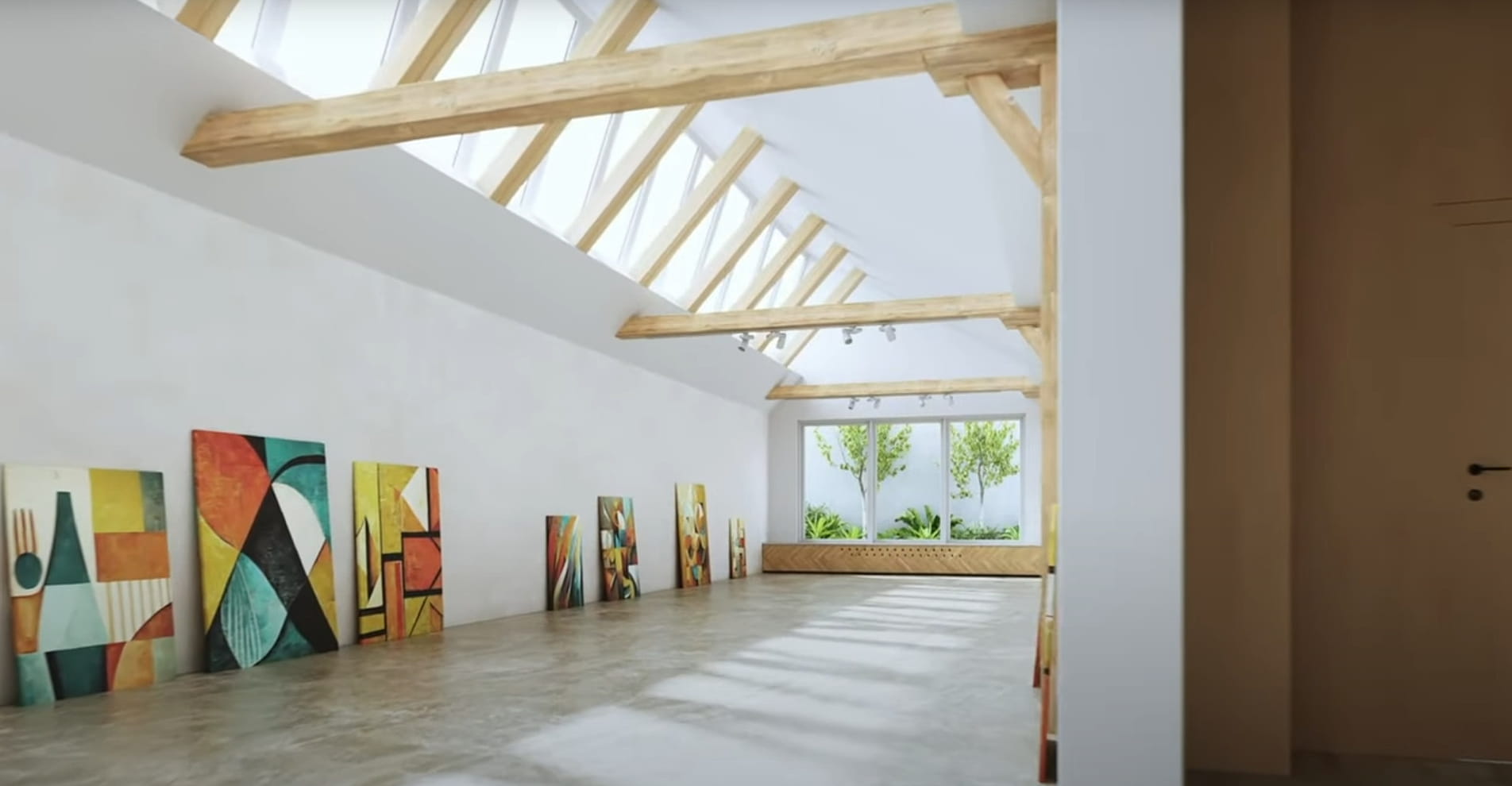 A look at 3dsMax Video SequencerDo you know that you can edit your videos directly in 3ds Max? Renderram is showing some functionalities of 3ds Max's built in sequencer.
A look at 3dsMax Video SequencerDo you know that you can edit your videos directly in 3ds Max? Renderram is showing some functionalities of 3ds Max's built in sequencer. FStorm Denoiser is here - First ImpressionsFirst look at new denoising tool in FStorm that will clean-up your renders.
FStorm Denoiser is here - First ImpressionsFirst look at new denoising tool in FStorm that will clean-up your renders.Customer zone
Your special offers
Your orders
Edit account
Add project
Liked projects
View your artist profile



















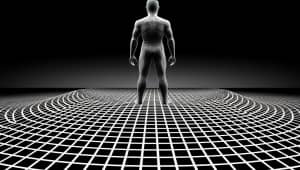
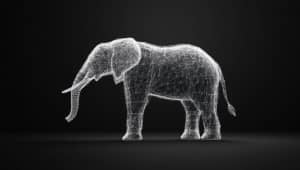






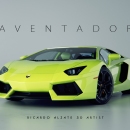












COMMENTS